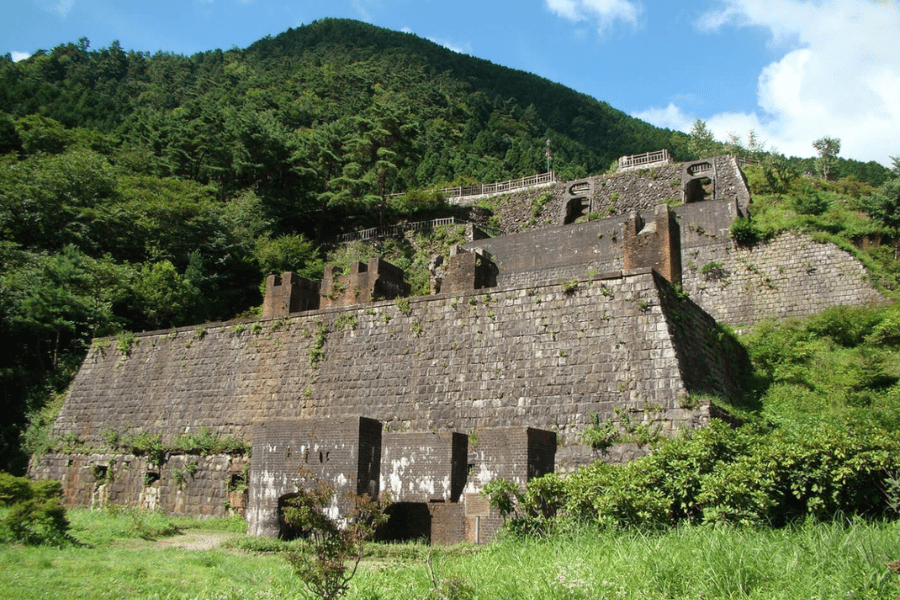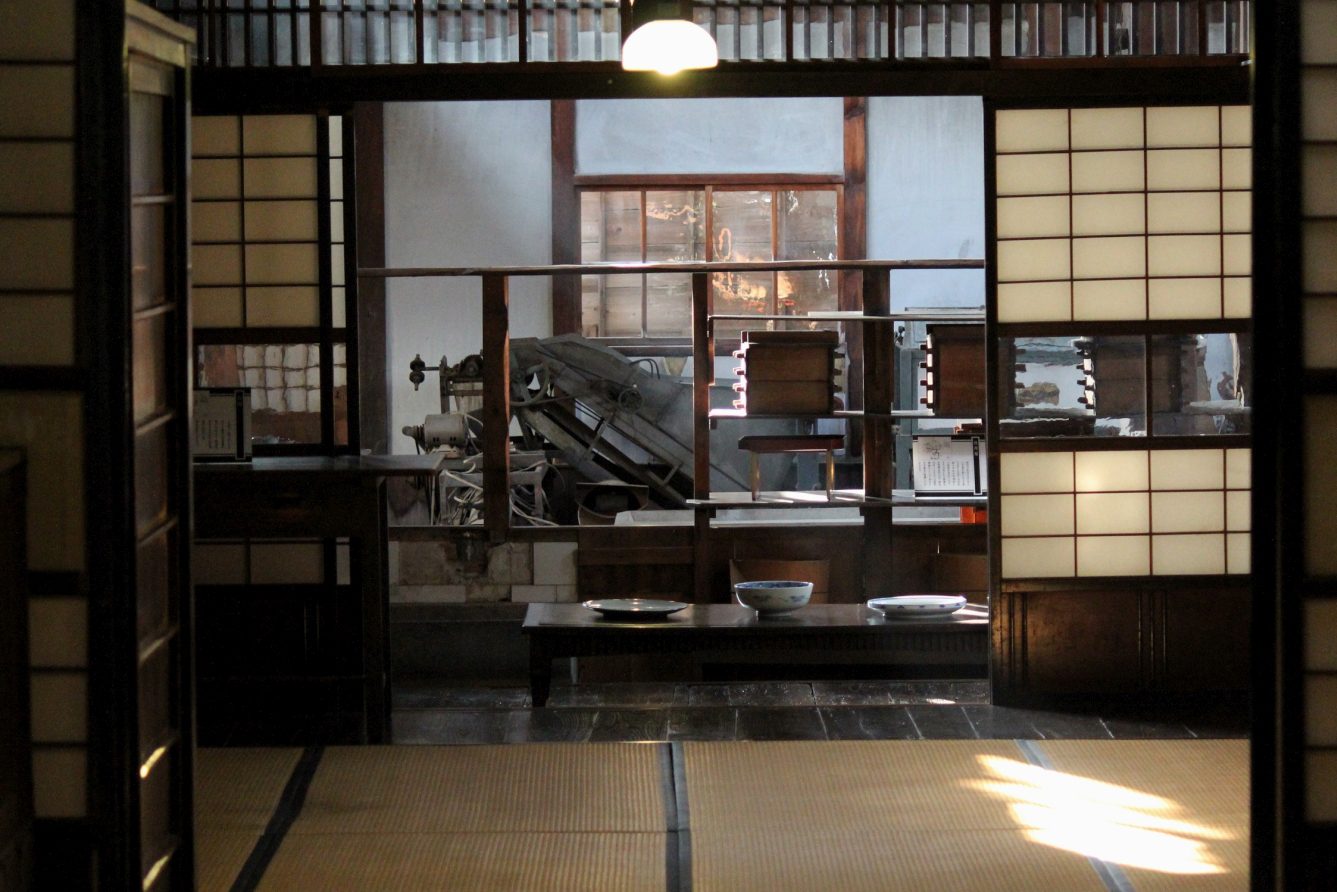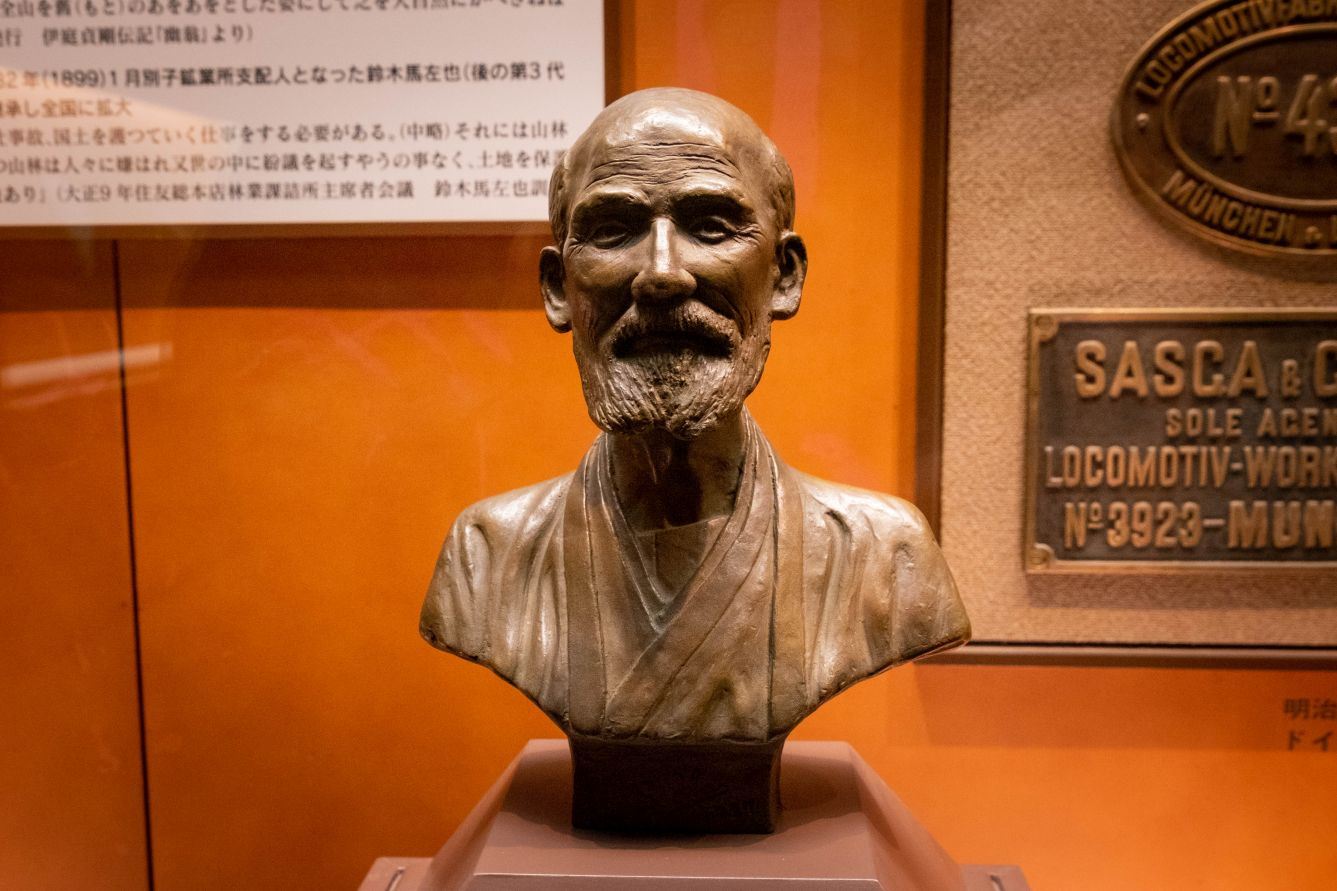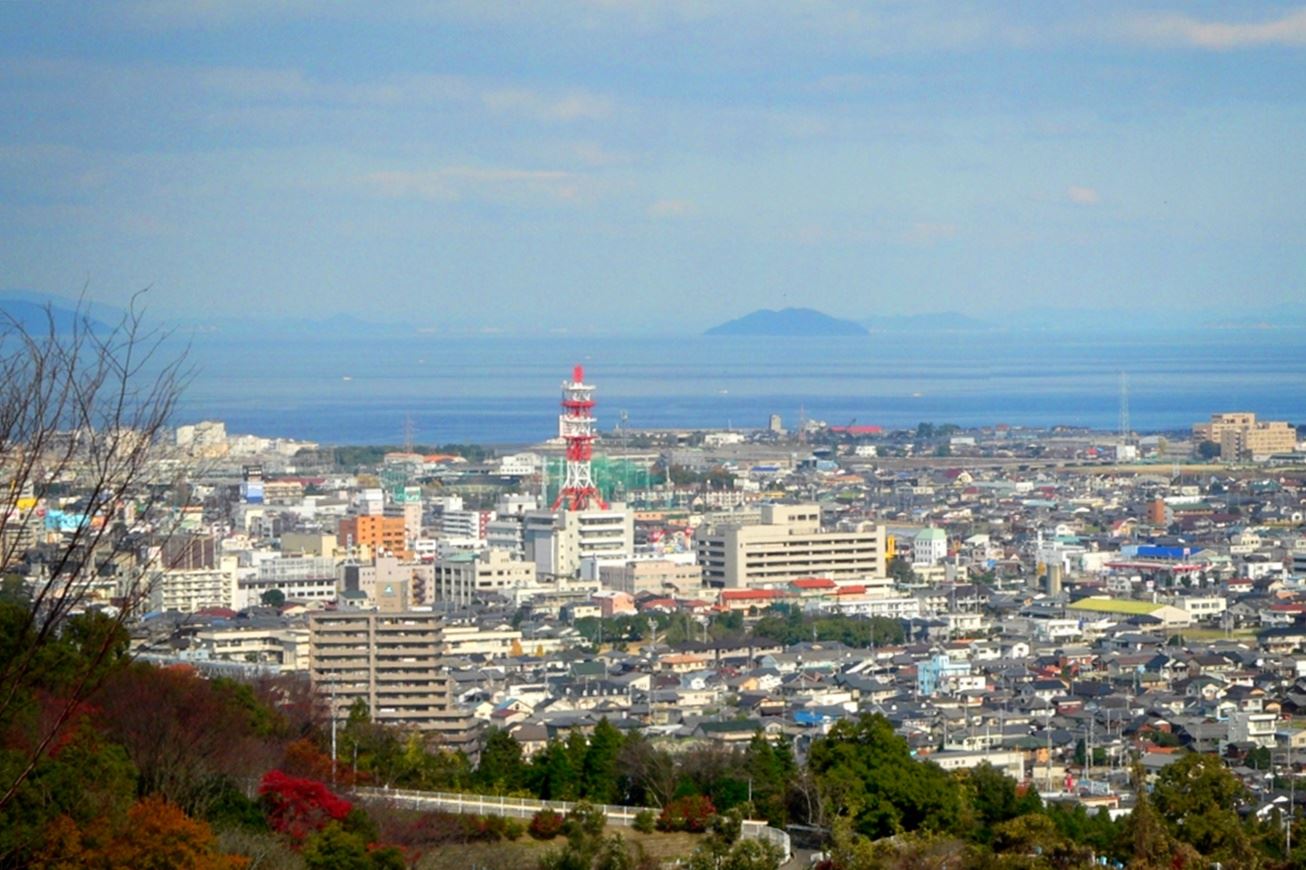Hirose Saihei
Home » Hirose Saihei
Hirose Saihei
Name In Japanese: 広瀬 宰平
Pronunciation: hirose saihei
Period: 1828 to 1914
Hirose Saihei was the first overseer of the Sumitomo business empire and a major figure in the Shikoku and Osaka business world during the Meiji period.
Saihei’s accomplishments include engaging the services of a foreign engineer, mechanization of mine work, the use of dynamite, and the introduction of Japan’s first mountain railway, innovations that dramatically increased the efficiency of mine operation. He also participated in the founding of the Osaka Chamber of Commercial Law and Osaka Shōsen Kaisha shipping line.
Hirose Saihei was born as the second son of the Kitawaki family, an old family from Shiga in central Japan. His childhood name was Komanosuke, and after the Meiji Restoration, he changed his name to Saihei. At the age of 9, he was taken to Besshi by his uncle, Kitawaki Jiemon, who was the manager of Sumitomo’s Besshi Copper Mine, and at the age of 11, he started work in the mine. In 1855, at the recommendation of the patriarch, Sumitomo Kichizaemon, he was adopted by Hirose Yoshiemon, the former director of Sumitomo’s Edo store.
In 1865, Saihei, who appealed for the modernization of the Besshi Copper Mine, was appointed as the general manager of the Besshi Copper Mine by the patriarch. It was an unusual appointment for Sumitomo. During the Meiji Restoration, Kawada Koichiro, the representative of the new government who tried to requisition the Besshi Copper Mine, said, “If you leave the copper mine management to an inexperienced person, it will be a big loss for the nation, without any profit”. But Saihei persuaded Sumitomo to continue to let him manage the business. He modernized operations by inviting a French engineer, and sent his subordinates to study abroad in France to learn Western techniques. The mine railway was opened in just four years. In this way, Sumitomo’s foundation was protected and developed, and after that, steelmaking began at the Besshi Copper Mine, but the pollution from the operations caused complaints from local farmers.
Besides managing the mine, Saihei also contributed to the management of the domestic affairs of the Sumitomo family. In 1877, the 12th head of the Sumitomo family became too ill to manage affairs himself and nominated Saihei as general overseer. Since the overseer had the authority to control all affairs under Sumitomo’s Commercial Code and oversee a large number of employees, Saihei was effectively delegated the management authority of the Sumitomo family.
However, there were criticisms from within Sumitomo against Saihei, who had gained dictatorial authority. Despite his modernization of Besshi, there were complaints that the business results under his leadership were poor. There were also criticisms of his resistance to strong internal lobbying to establish a bank. So in 1894, Saihei decided to resign. After living in seclusion in his retirement, he died in 1914 at the age of 85.
Related Tours

Experience the most beautiful and interesting temples of the Shikoku Pilgrimage in seven days.

A tour for families or friends, staying in the most characterful kominka and ryokan of Shikoku.

Visit the most beautiful and interesting temples of the Shikoku Pilgrimage and walk the toughest trails.




